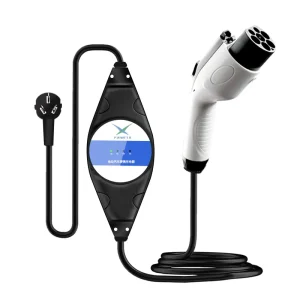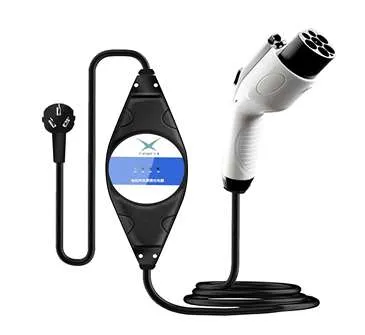A Smart Choice Between On-Board Chargers and Charging Stations
With the rapid development of new energy battery electric vehicles (BEVs), charging technology is evolving continuously. For EV owners, selecting the right on-board charger and charging station is crucial.
This article will analyze the advantages and disadvantages of charging stations with different power levels from the perspectives of safety and convenience. It will also explore their impact on household wiring requirements.
I. Selection of On-Board Chargers
On-board chargers are standard charging devices equipped with electric vehicles, typically offering power outputs ranging from 3.3kW to 7kW. The primary advantage of an on-board charger is its high portability, making it suitable for charging at home, workplaces, and other locations. However, due to its relatively low power, charging speed is slow, making it less ideal for long-distance or high-frequency driving. #EVChargingSolutions.

II. Selection of Charging Stations
-
8A Charging Station: Low power output, slow charging speed, suitable for home use, minimal wiring requirements, but requires long charging times.
-
10A Charging Station: Moderate power output, suitable for both home and workplace charging, moderate wiring requirements, and relatively shorter charging times.
-
16A Charging Station: Higher power output, suitable for home and commercial locations, requires thicker wiring with sufficient current capacity, and offers faster charging times.
-
24A Charging Station: High power output, ideal for commercial applications and frequent charging, demands thicker dedicated wiring for safety and stability, and enables even shorter charging times.
-
32A Charging Station: The highest power output, designed for commercial settings and high-frequency use, requires the thickest dedicated wiring, and ensures the shortest charging duration.
III. Power Requirements and Household Wiring Considerations
-
8A Charging Station: Compatible with standard household wiring, no upgrades needed.
-
10A Charging Station: Recommended to use slightly thicker wiring to ensure safety.
-
16A Charging Station: Requires significantly thicker wiring with sufficient current capacity.
-
24A Charging Station: Requires even thicker dedicated wiring to maintain safety and stability.
-
32A Charging Station: Requires the thickest dedicated wiring, ensuring both the wiring and the electricity meter can handle the load.
IV. Balancing Safety and Charging Convenience
When selecting a charging station, a balance between safety and convenience must be maintained. On one hand, excessively high power output may overload household wiring, potentially causing hazards such as electrical fires. On the other hand, too low a power output leads to prolonged charging times, affecting the overall user experience. Therefore, choosing the right charging station requires considering both the household’s actual electrical capacity and daily charging needs.
Conclusion
Selecting the right on-board charger and charging station is essential for battery electric vehicle users. During the selection process, it is critical to consider safety, practicality, and power compatibility to make an informed decision that meets both convenience and safety requirements.


